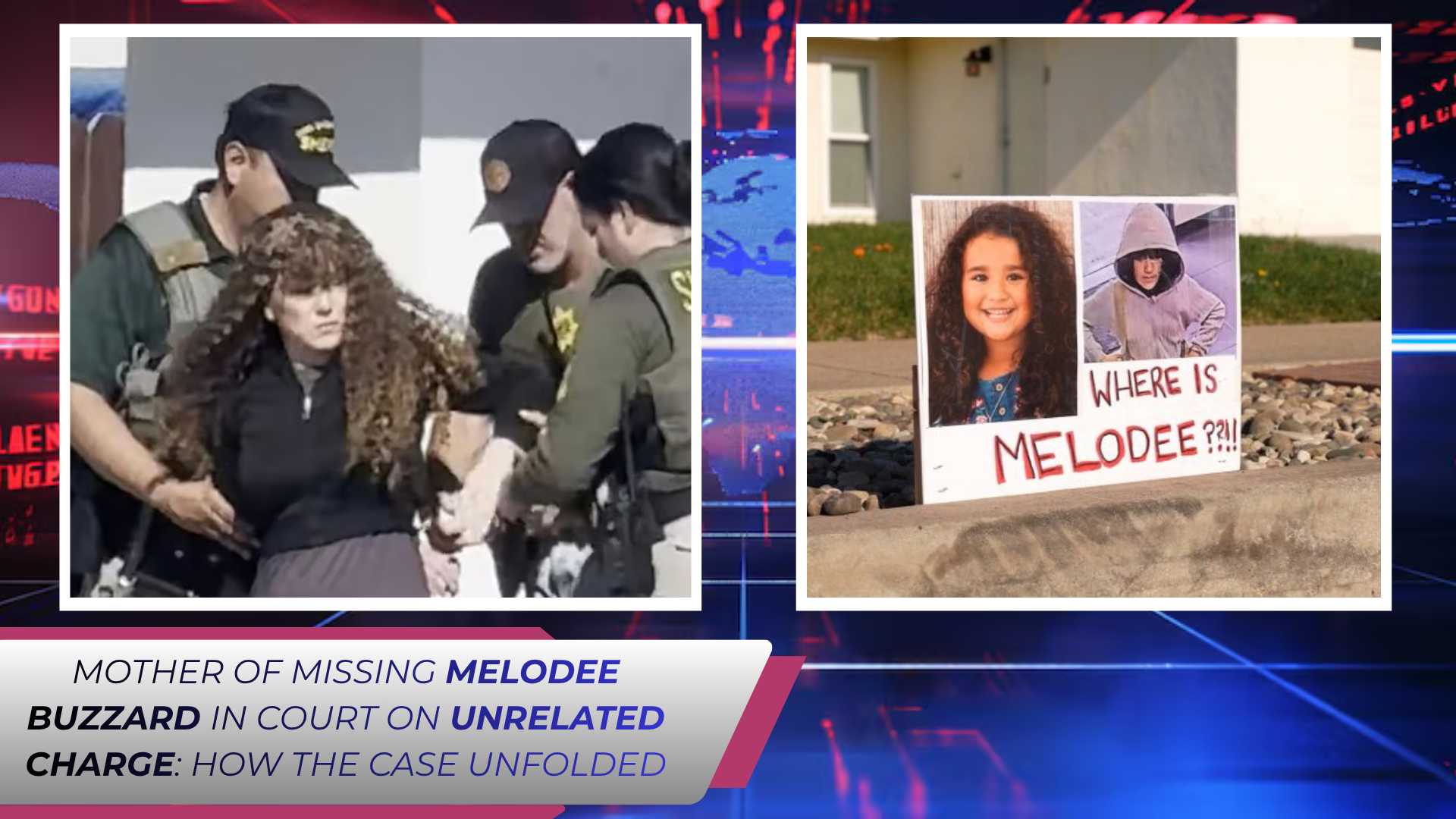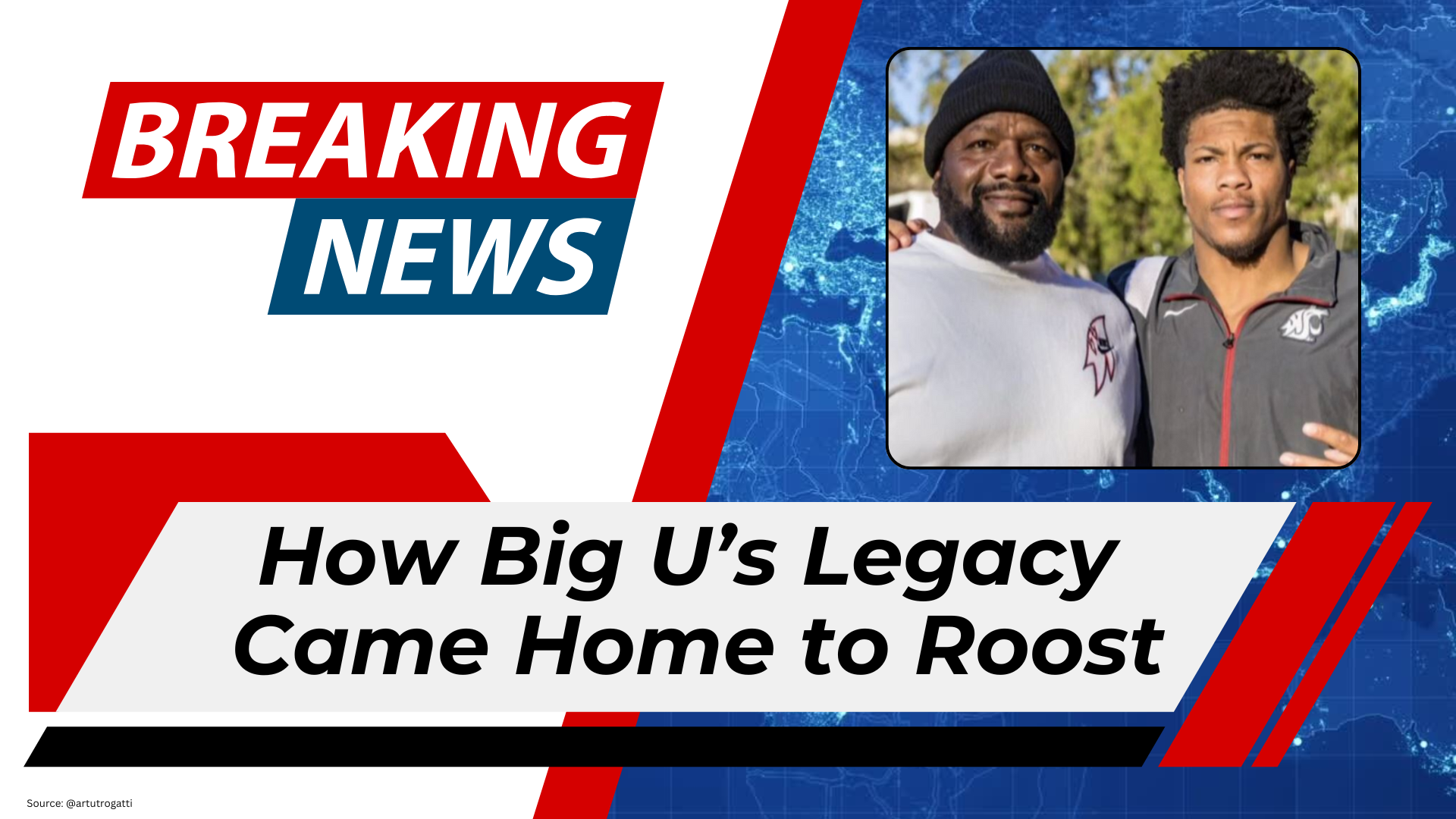Tennessee Governor Bill Lee has announced that combating crime in Memphis will be a long-term effort, emphasizing that the fight against violence is just beginning and will continue for the foreseeable future. Speaking at a press conference on October 15, 2025, Governor Lee outlined the goals and structure of the Memphis Safe Task Force, a collaborative initiative involving federal, state, and local law enforcement agencies. The operation is being led by the U.S. Marshals Service and includes personnel from the Tennessee Highway Patrol, multiple federal agencies, and the Tennessee National Guard, totaling approximately 700 officers deployed to the city.
Governor Lee stressed that success would be measured by the reduction of violent crime, though he noted that no specific numerical targets had been set. “We do know this is going to last for months, and we have just begun. In fact, I will tell you that it will last forever,” Lee stated, signaling the state’s commitment to a long-term presence and intervention strategy in Memphis. The governor highlighted that while the number of officers involved may fluctuate over time, the collaborative framework and focus on public safety will remain in place indefinitely.
The formation of the Memphis Safe Task Force comes amid ongoing concerns over violent crime in the city. Memphis, like many urban areas, has faced persistent challenges with homicides, armed robberies, and gang-related activity. In response, the task force is designed to combine the strengths of multiple agencies, enabling a coordinated and sustained response that addresses both immediate criminal activity and the broader conditions contributing to crime. The multi-agency approach allows for enhanced intelligence sharing, resource deployment, and operational coordination, which are critical in cities experiencing complex crime dynamics.
The Memphis initiative follows a broader federal framework that includes nationwide efforts to address violent crime. Notably, Operation Summer Heat, a recent federal program, resulted in over 28,000 arrests, including 8,700 for violent offenses. While President Donald Trump has highlighted these efforts as contributing to declining crime rates nationally, the Memphis Safe Task Force represents a more targeted, localized approach, focusing specifically on reducing crime in the city’s most affected neighborhoods.
The task force’s operations include both proactive and reactive measures. Officers are tasked with identifying known offenders, intervening in gang-related activity, and targeting high-crime areas for increased presence. The initiative also incorporates investigative support, surveillance, and intelligence gathering to ensure that interventions are informed by data and evidence. By combining enforcement with strategic operations, the task force aims to reduce violent crime while preventing escalation and repeat offenses.
However, the initiative has faced scrutiny from journalists and community advocates. Reports indicate that many individuals arrested by the task force were not charged with violent crimes, and some were detained based on administrative warrants rather than criminal charges. These findings have raised questions about the precision of the task force’s targeting and the potential for misalignment between public perception and operational realities. Critics argue that while the effort brings significant law enforcement resources to the city, it must ensure that actions focus on actual violent offenders rather than broadly affecting residents who may not pose a threat.
Funding for the initiative has been substantial, with $100 million allocated to support public safety efforts in Memphis. This investment covers operational costs, personnel deployment, training, and community engagement initiatives. Memphis Mayor Paul Young has expressed support for federal resources to address crime but also emphasized the importance of addressing underlying factors such as poverty, unemployment, and limited educational opportunities. City leadership recognizes that sustainable crime reduction requires a dual approach: immediate enforcement coupled with long-term community development strategies.
Community engagement remains a crucial component of the Memphis Safe Task Force’s approach. Local leaders, neighborhood associations, and advocacy groups are involved in discussions regarding public safety priorities, ensuring that interventions are sensitive to the needs and concerns of residents. This collaborative framework is intended to foster trust between law enforcement and the community while promoting awareness, education, and cooperation. By integrating community input, authorities aim to enhance both the effectiveness and legitimacy of the task force’s operations.
Governor Lee and law enforcement officials acknowledge that reducing crime in Memphis is a complex challenge that will require persistent effort. The task force’s long-term strategy reflects the understanding that violent crime cannot be eliminated overnight and that ongoing monitoring, adaptation, and coordination are essential for lasting results. Officials are committed to maintaining communication with the public, sharing updates on outcomes, and adjusting strategies based on evolving circumstances and emerging trends in criminal activity.
In conclusion, Tennessee’s Memphis Safe Task Force represents a significant, multi-faceted effort to reduce violent crime in Memphis. With federal, state, and local law enforcement working in tandem, the initiative aims to combine proactive enforcement, investigative support, and community engagement to create a safer environment for residents. While challenges remain, including ensuring precise targeting and maintaining public trust, the state’s commitment to a long-term approach underscores the seriousness of the initiative. As operations continue, the task force’s progress will be closely monitored, serving as a model for sustained, collaborative crime reduction efforts in other urban centers facing similar challenges.
%20(4).png)



.png)
.jpg)



